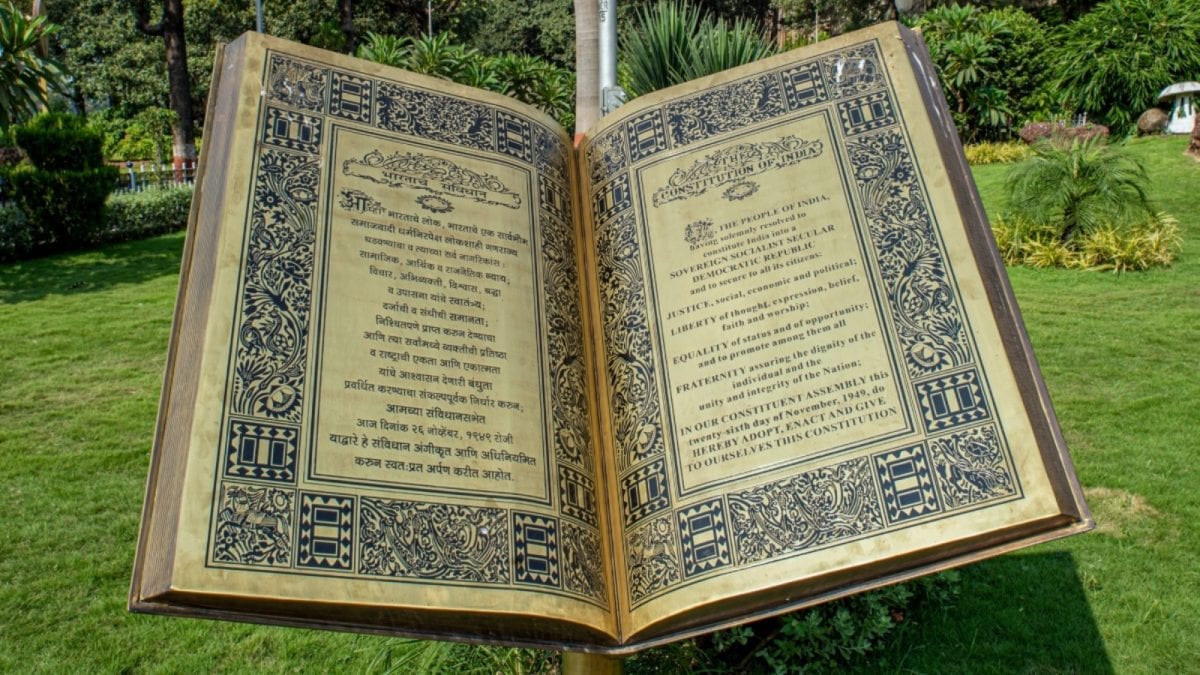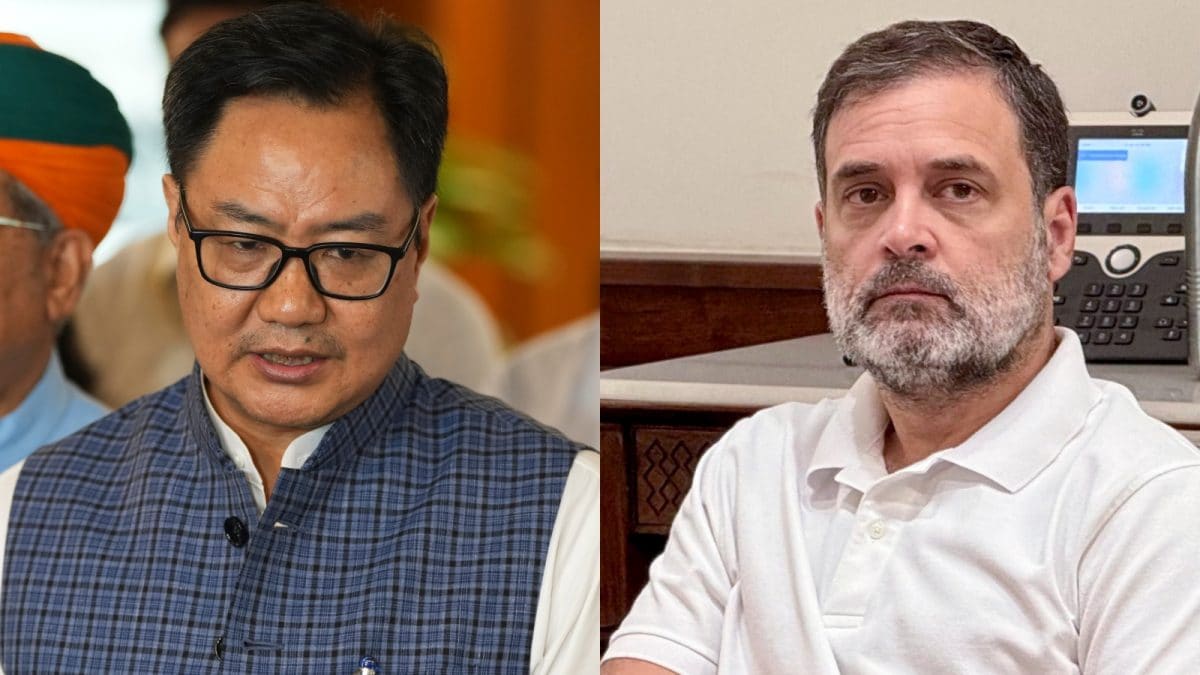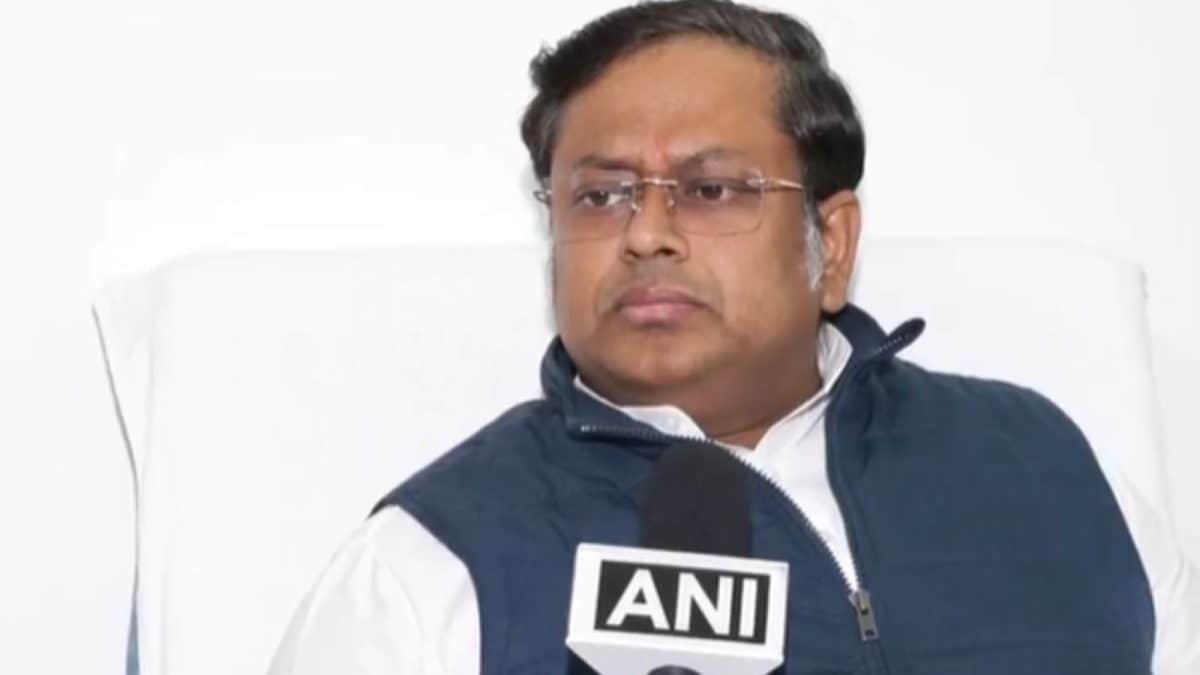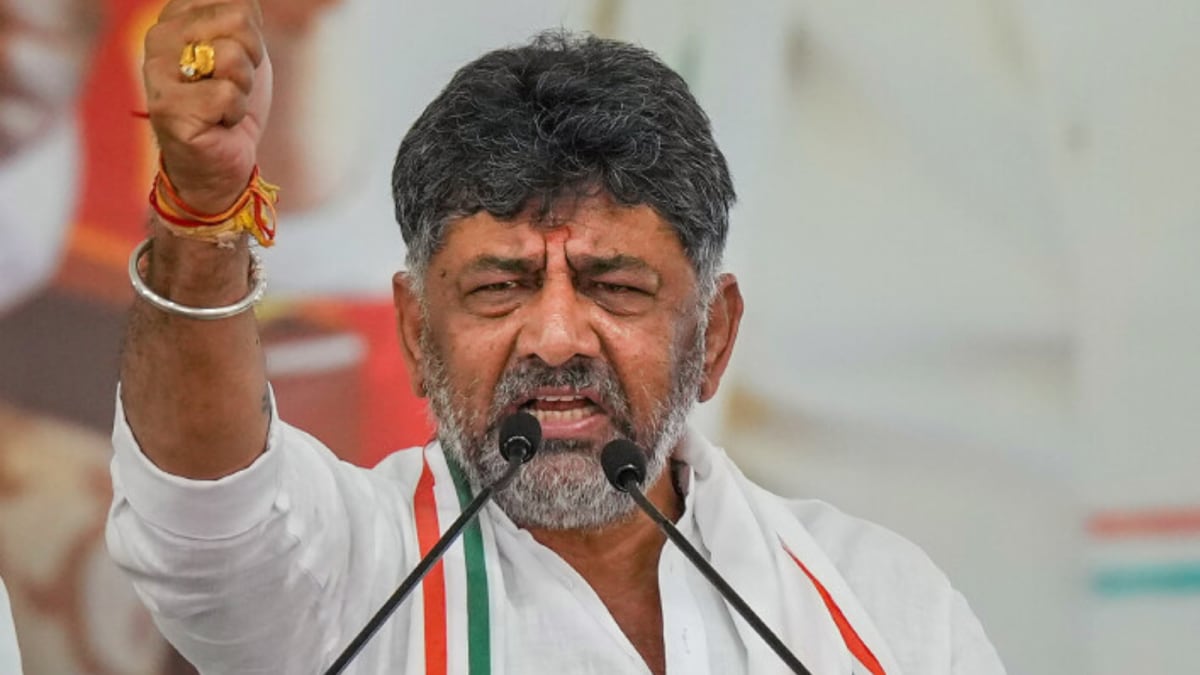Last Updated:
Freebies are welcome, but Bihar’s beneficiaries are politically sharp and caution against easy assumptions

The 2025 Bihar Assembly election has been announced (PTI)
Travelling from Delhi to Patna by road, I reached Buxar at dawn and stopped at a roadside ‘dhaba’ for tea. The Patna-Buxar highway was buzzing with unusually heavy traffic—partly due to Diwali and Chhath Puja, occasions when every Bihari reconnects with their roots. Since confirmed train tickets are nearly impossible without months of planning and airfares cost more than international flights, the road has become the preferred route. The Agra-Lucknow and Purvanchal expressways have made travel smoother. Yet, much of the congestion also stems from election traffic, with party workers and leaders moving in cavalcades. The number of SUVs itself speaks volumes about a candidate’s strength.
The area where I stopped falls under the Buxar assembly constituency, represented by Congress leader Munnay Tiwary. The BJP lost here by just 4,000 votes last time, while an Upendra Kushwaha-backed candidate bagged over 30,000. This time, both Kushwaha and Chirag Paswan stand firmly with the NDA, while the Tejashwi Yadav-led Mahagathbandhan appears frayed, as messy seat-sharing has triggered friendly fights on multiple seats.
At the ‘dhaba’, conversations inevitably turned to politics. Prakash Pandey, a local grocery store owner, said the united NDA looks stronger, but seat-sharing disputes won’t matter for long since voters see them as internal party issues. “Ultimately, which party fields which candidate will matter. This area leaned toward the RJD-Congress-Left alliance last time. Muslims and Yadavs remain loyal to Lalu Yadav, but for two decades, their problem has been securing an additional 8-10 per cent votes for a majority. Tejashwi Yadav had momentum six months ago with promises of jobs and governance. But Kumar changed the game by raising pensions from Rs 400 to Rs 1,100 and transferring Rs 10,000 each to 1.21 crore women’s accounts,” he said.
However, daily labourer Prasidhh Ram countered him: “What kind of business can one start with Rs 10,000? Those who didn’t receive it will be even more determined to vote against Nitish Kumar.”
In the last election, the Mahagathbandhan won 14 of 22 seats in the Shahabad region consisting of Bhojpur, Rohtas, Kaimur, and Buxar districts.
Across Bihar, Kumar’s cash transfers are the most talked-about issue, both positively and negatively. From Arrah to Bihta, Patna, Bakhtiyarpur, and Mokama, this is the conversation at tea stalls and markets. Women across communities benefiting from the Mukhyamantri Mahila Rojgar Yojana (MMRY) praise the scheme but say it may not guarantee votes. “Tejashwi ji has promised Rs 2,500 per month for women. That’s better than a one-time payment,” said Meena Yadav near a brick kiln in Barh, where she works as a labourer. But Shashi Mahto disagreed, saying, “Cycle, kitab, poshak, paisa—sab diya Nitish ne. Aur kya chahiye?”
Freebies are welcome, but Bihar’s beneficiaries are politically sharp. I talked to three local journalists in Begusarai who caution against easy assumptions. “About 8.7 crore people already get free ration under the Pradhan Mantri Garib Kalyan Anna Yojana. All BPL families have availed Ujjwala. If that alone decided elections, NDA would have swept both the assembly and Lok Sabha polls,” a journalist remarked.
Corruption Dents Nitish’s ‘Sushasan Babu’ Image
Nitish Kumar rose to prominence for his zero-tolerance stance on corruption, but that image has faded over two terms. Despite his consistent anti-corruption rhetoric, graft at the grassroots persists. Prohibition has worsened matters, turning police attention from enforcement to “managing” local liquor smuggling. “Sab mile hue hain — 10 truck me ek hi pakda jaata hai,” said Bittu Kumar of Jogni village in Muzaffarpur, echoing a sentiment shared widely across Bihar.
Corruption in public offices, especially at the block level, may influence this election more deeply. Residents pay anywhere between Rs 500 and Rs 1,000 for basic documents like birth or death certificates and residence proofs—even during the Election Commission’s special voter roll revision. Land registration offices are epicenters of corruption. Despite digitisation, loopholes persist. Panchayat officials deliberately delay the online mutation of land records, waiting for bribes. The ongoing land survey has opened fresh avenues for extortion, as missing documents stall certification processes. Even getting a simple genealogy or family tree certificate often requires illegal payment.
Caste Still Shapes Bihar’s Politics
Caste remains as decisive as ever. The Cheria Bariarpur constituency in Begusarai, represented by RJD MLA Rajbanshi Mahto, a Kurmi, exemplifies this. He defeated Kushwaha leader Manju Verma in the last election. This time, Verma’s son contests on a JDU ticket, while RJD fields Sushil Singh, a Kushwaha and son of Bihar’s first OBC chief minister, Satish Prasad Singh. Kushwaha and Bhumihar voters dominate the area, though a Bhumihar last won in 2005.
Spotting an opportunity, Prashant Kishor’s Jan Suraaj has fielded a Bhumihar candidate, Dr Mrityunjay, who is drawing strong community support. Traditionally loyal to the BJP-JDU combine, many Bhumihars say they will back one of their own—even if it hurts the NDA’s prospects. This perfectly captures the role caste dynamics will play in shaping the outcome of the upcoming elections.
October 21, 2025, 16:45 IST
Read More






